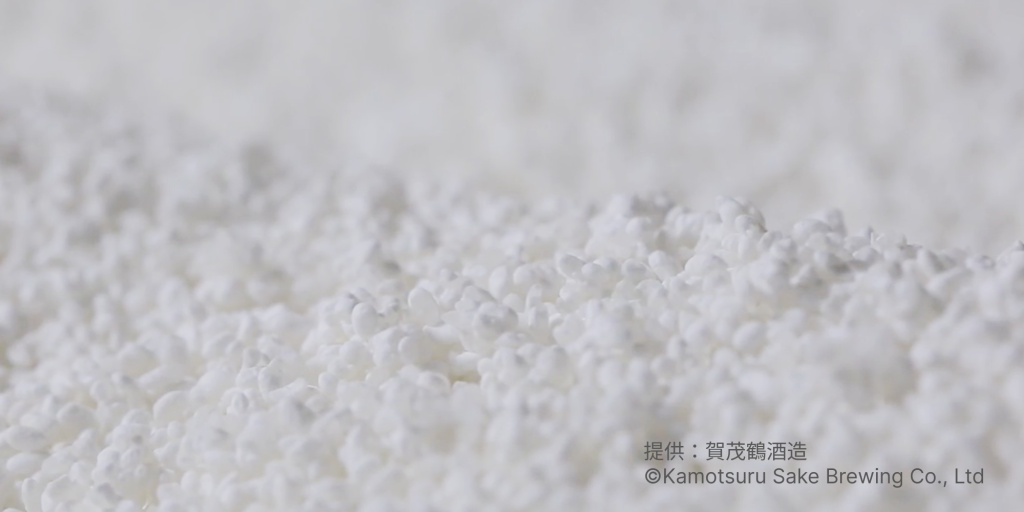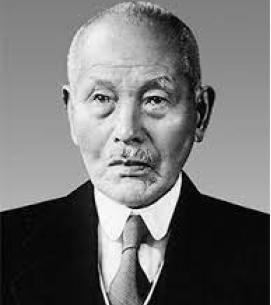
Hiroshima was not a land suitable for sake brewing in the first place. Nada in Hyogo and Fushimi in Kyoto have long been known as famous areas for sake production, where toji (master brewers) gathered from all over the country to learn how to make sake. The toji in Hiroshima also learned the manufacturing method in Nada and Fushimi and brewed it in Hiroshima, but they were not able to make the same delicious sake. The yeast stops in the middle and becomes rotten liquor.
The brewing method of “soft water brewing method” that pushed Hiroshima’s sake to the nationwide sake brewery and became the basis of ginjo sake brewing

1、Polish the rice

2、grow koji

3、long brewing
The water in Hiroshima was soft water that was not suitable for sake brewing at that time. How to make delicious sake with that soft water? As a result of these four great men tackling this difficult problem, a completely new type of sake, ginjoshu, was born.

“You Hashizume”
He devoted himself fully to training and improving the status of ginjo sake craftsmen (mitsu toji), and as a brewing engineer himself, he developed sake rice and contributed to improving the quality of sake in Hiroshima.

“Toshiichi Satake”
A mechanical engineer, he invented Japan’s first powered rice mill. We succeeded in mechanizing the polishing of rice necessary for ginjo-shu, and delivered the first machine to Kamotsuru, contributing to the mass production of ginjo-shu.

“Senzaburo Miura”
Hiroshima, the birthplace of ginjoshu, was considered unsuitable for sake production. Completed the “soft water brewing method”, an improved brewing method by

“Shizuhiko Kimura”
He invested a large amount of capital to establish Kamotsuru Sake Brewery Co., Ltd. and Saijo Sake Brewery School (currently Fukubijin Sake Brewery) as a training school for brewing engineers. I tried my best to spread the word.
At the first sake competition held in Japan in 1907, Senzaburo’s new ginjo sake from Hiroshima, made using the soft water brewing method, dominated the top ranks. Fujii Sake Brewery in Takehara, a town next to Akitsu, was the best (ranked first in the nation), and Hayashi Sake Brewery in Kurahashijima ranked second nationwide. Akitsu no Kara Sake Brewery also won a prize for its representative brand, Otafuku.

 Photo gallery of tour highlights
Photo gallery of tour highlights